Tesla Model 3: referral codes, prices, range, reviews and UK release
Elon Musk hints that the budget EV’s arrival in Europe isn’t far off
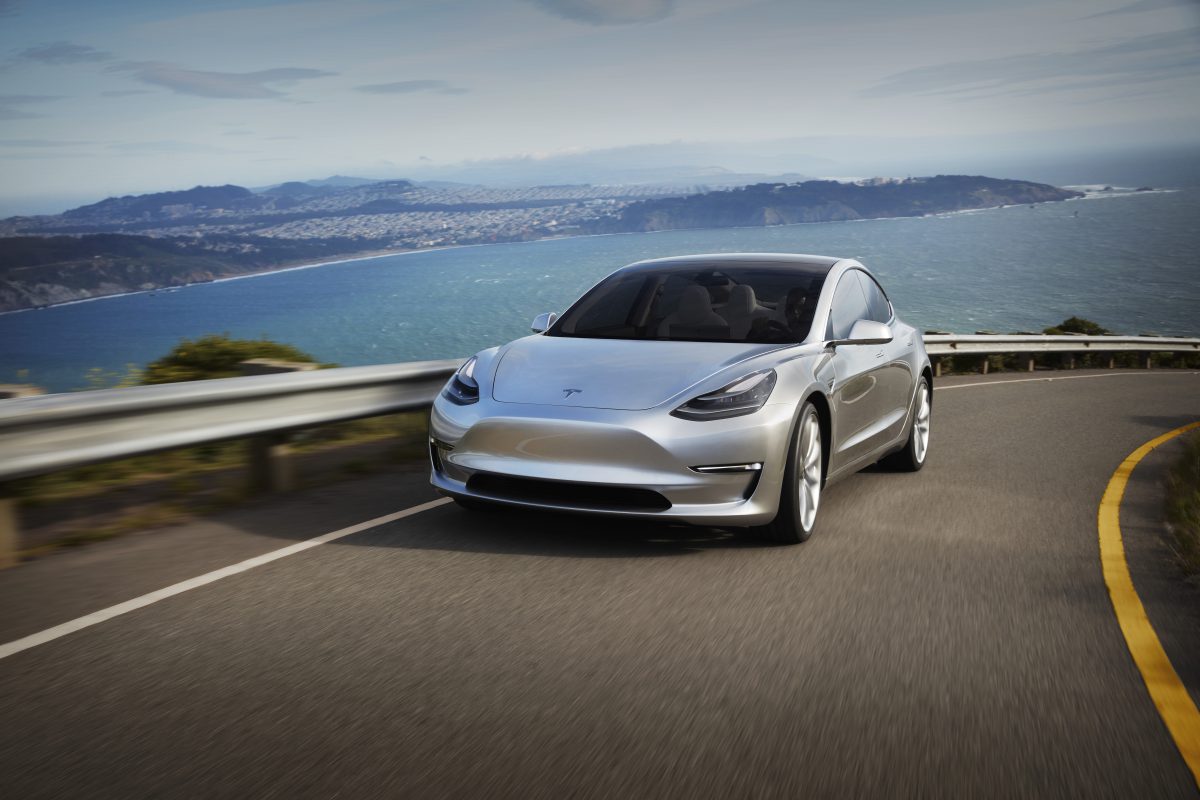
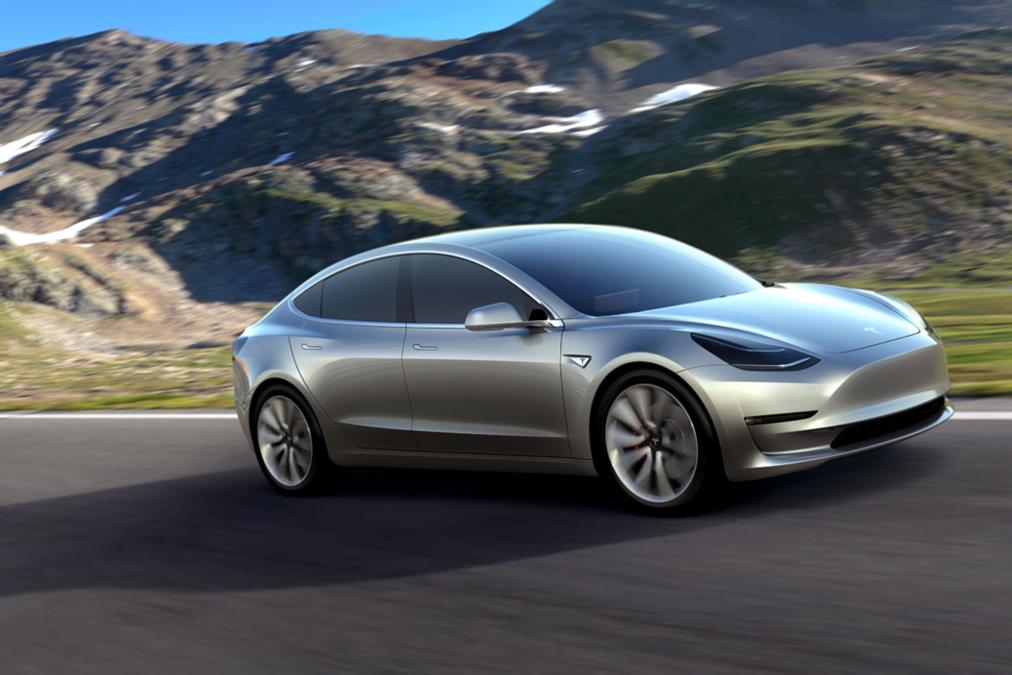
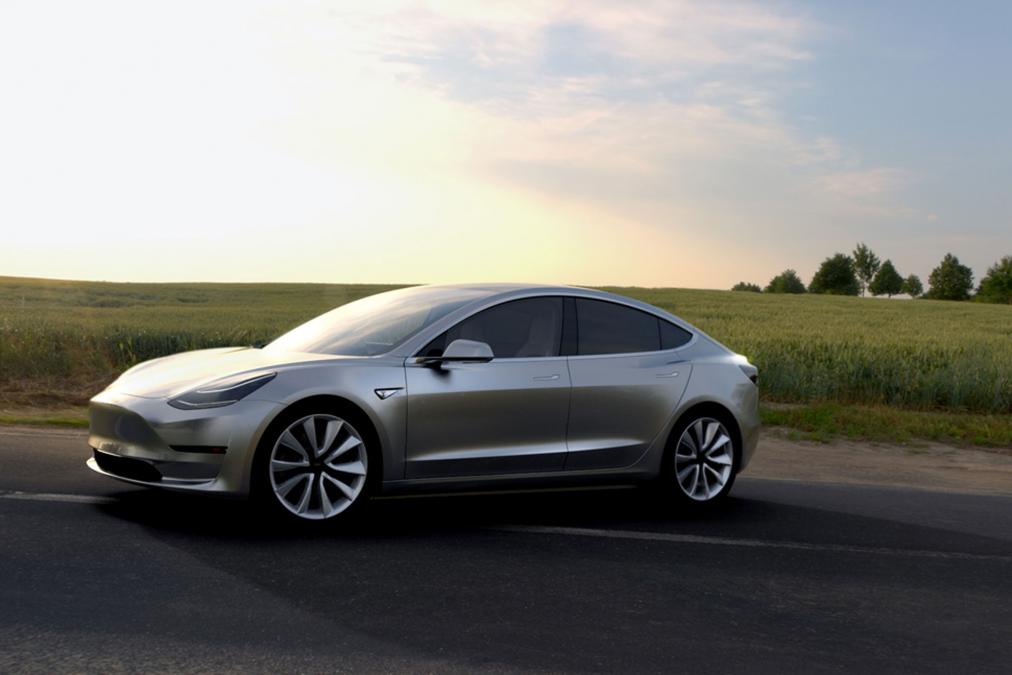
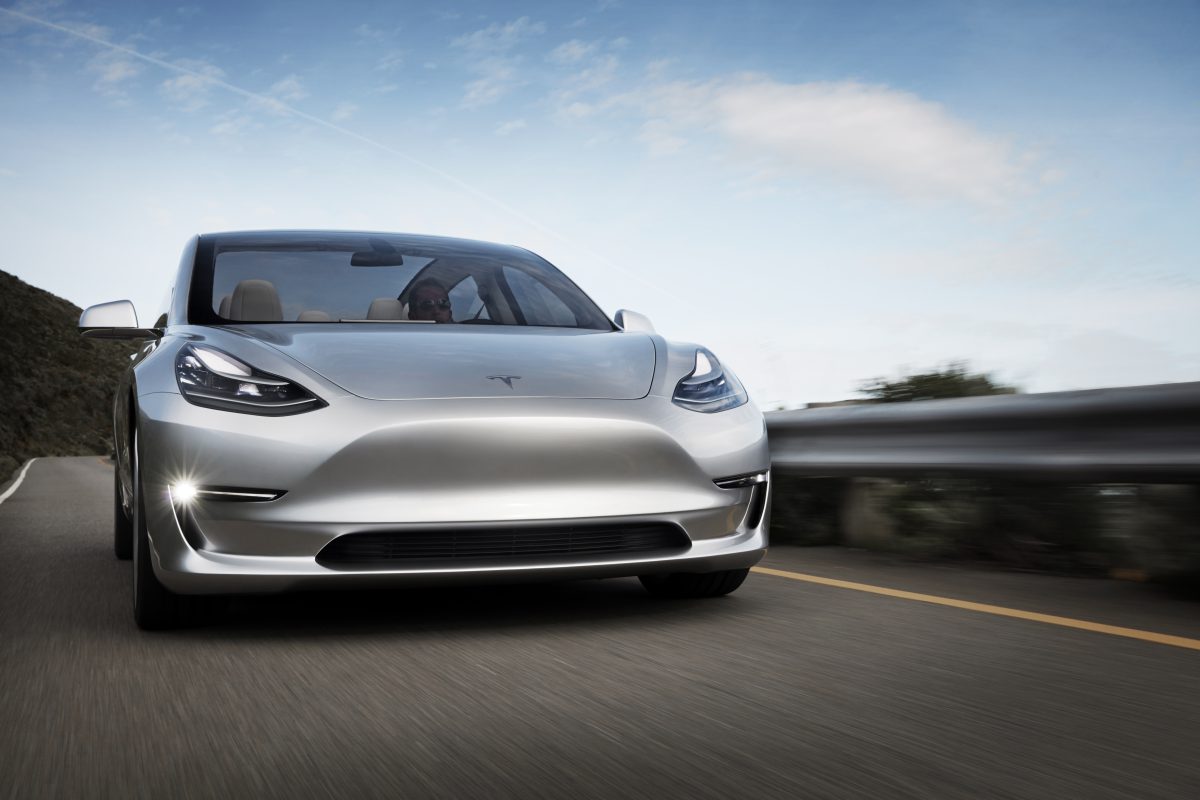
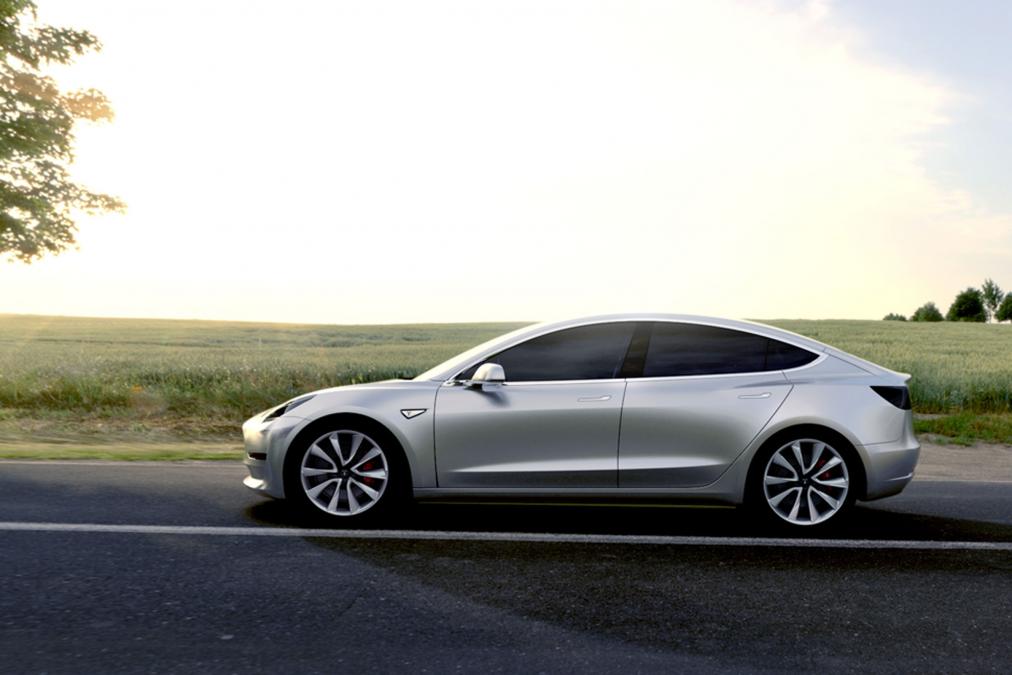
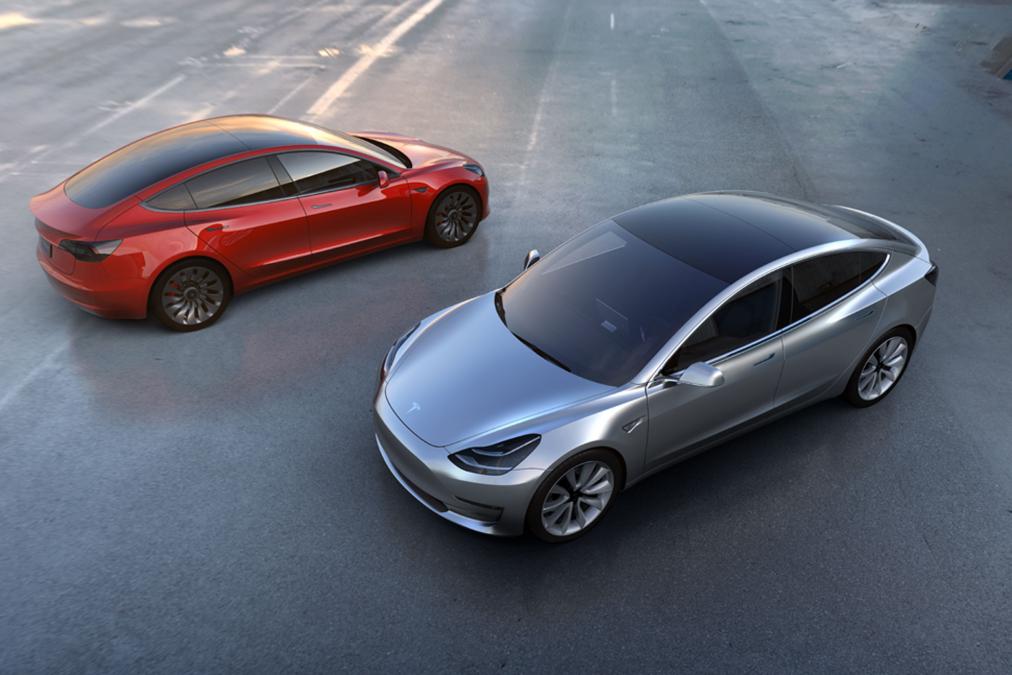
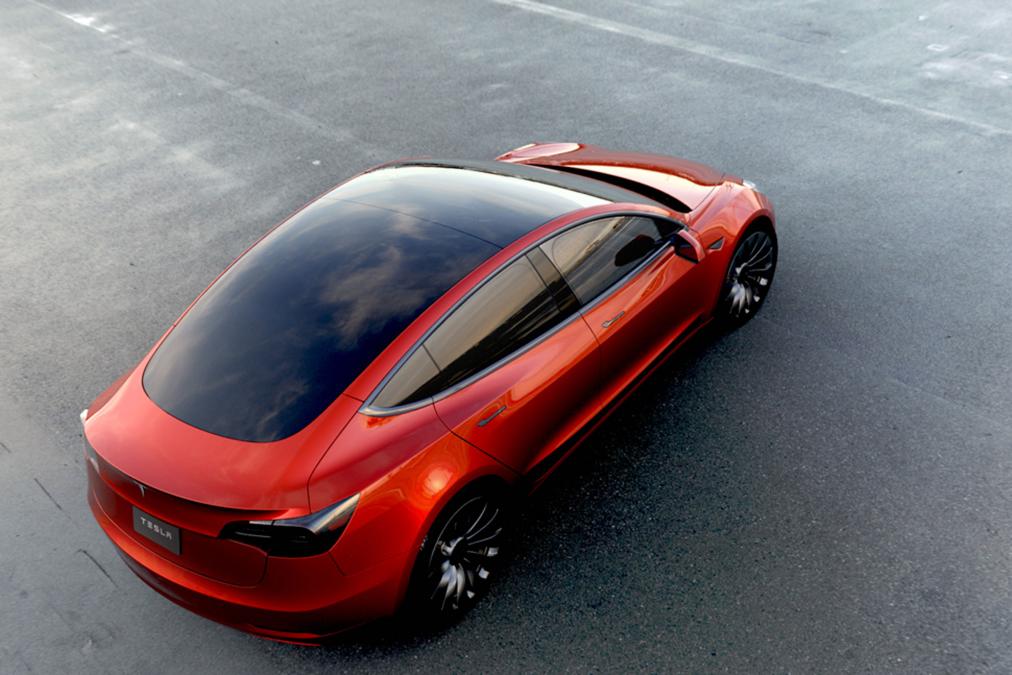
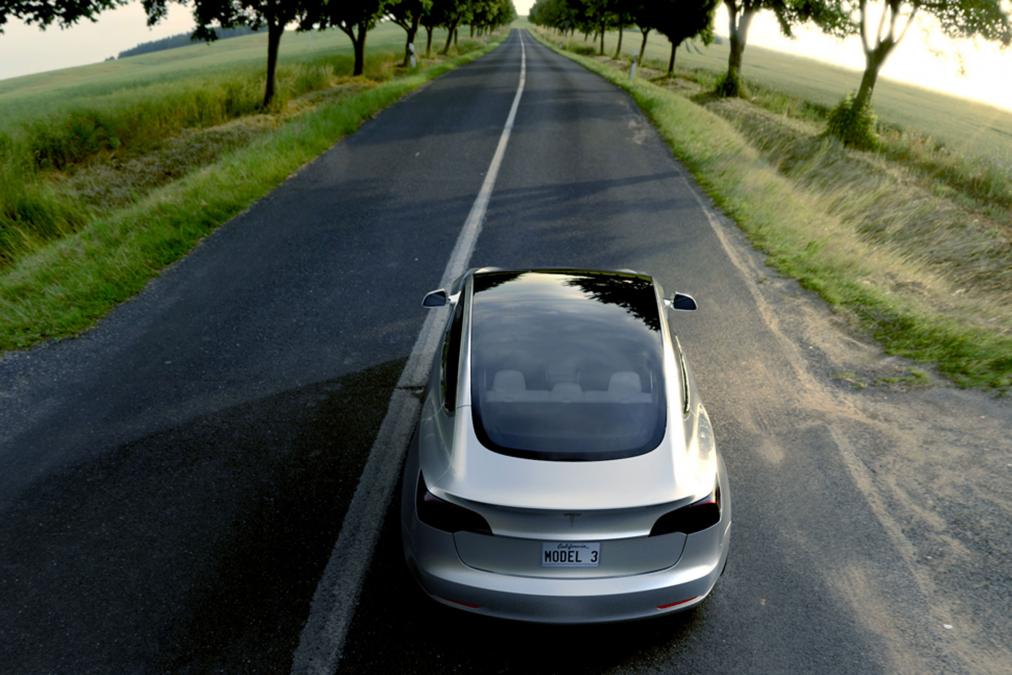
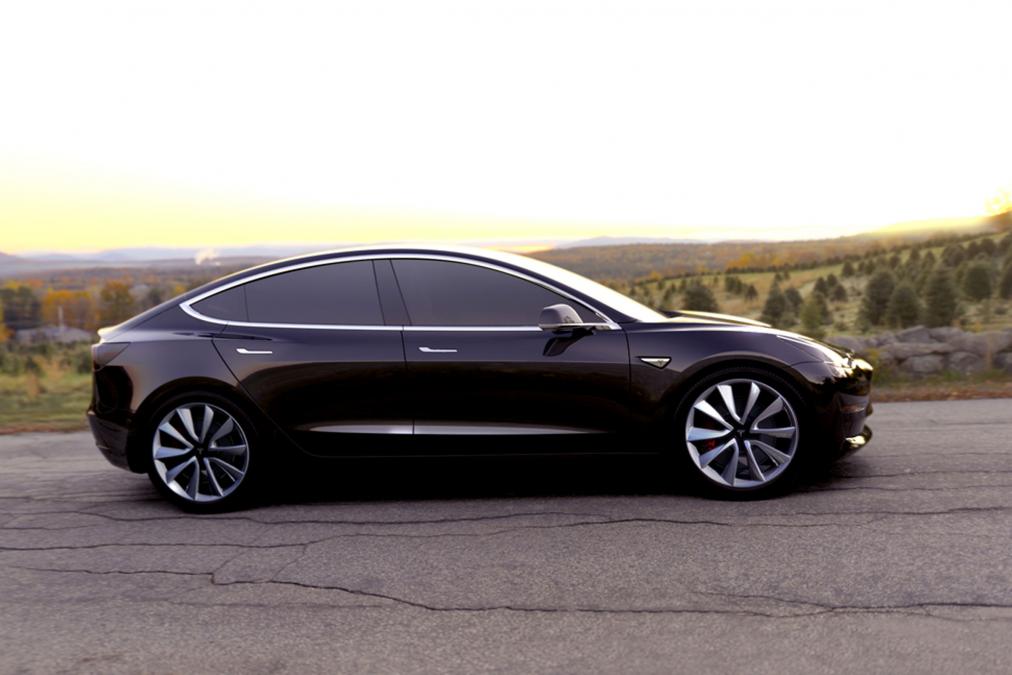
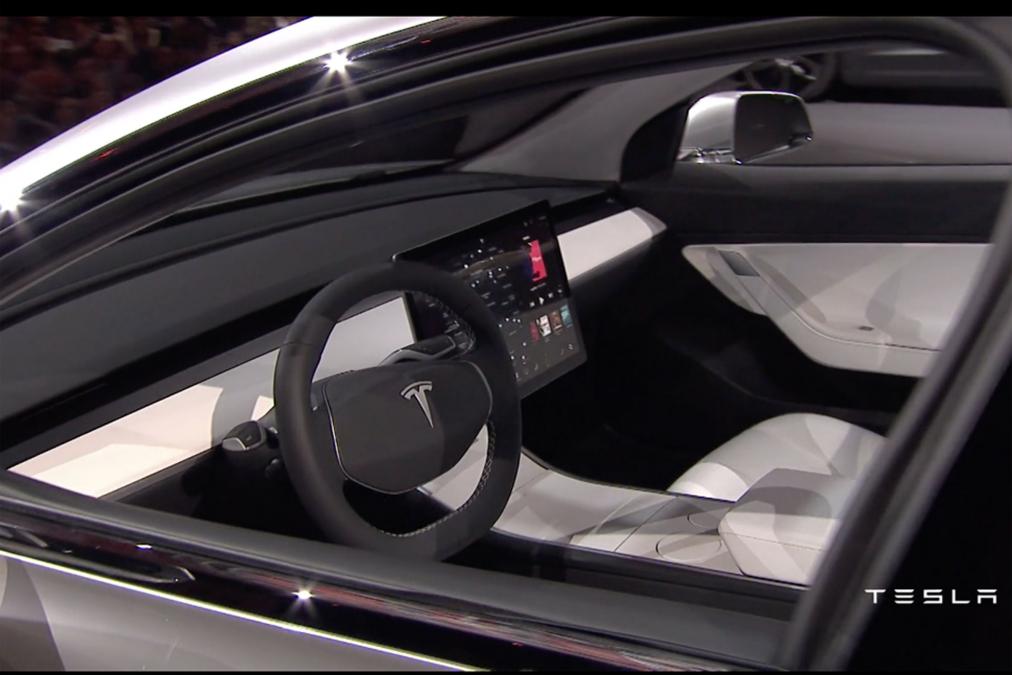
Tesla’s cheapest electric car is soon to arrive on UK shores, almost two years after sales opened in the US.
The car manufacturer, which is backed by South African-born billionaire Elon Musk, is currently displaying the budget EV at Tesla stores in two locations: Park Royal in London and Manchester South in Stockport. Fans and reservation holders will be able to view the new electric vehicle from today onwards, says the Daily Express.
But the 400,000 people who pre-ordered the car in early 2016 will have to wait a little longer before deliveries get underway in Britain.
The Week
Escape your echo chamber. Get the facts behind the news, plus analysis from multiple perspectives.

Sign up for The Week's Free Newsletters
From our morning news briefing to a weekly Good News Newsletter, get the best of The Week delivered directly to your inbox.
From our morning news briefing to a weekly Good News Newsletter, get the best of The Week delivered directly to your inbox.
In an earnings call with Tesla investors, Musk said the company was planning to ramp up production for Europe-bound Model 3s in January. Customer deliveries will begin in February and March, reports the electric car news site Electrek.
“We expect to start producing a significant volume for Europe in January and obviously [that will] take some time to ship”, said Musk. If the company meets these targets, deliveries would then take place in late February/March, he added.
In the meantime, here’s everything you need to know about Tesla’s budget EV:
Price and release
A free daily email with the biggest news stories of the day – and the best features from TheWeek.com
Tesla has yet to confirm pricing for its Model 3 in Britain.
When the car was announced in April 2016, the electric car firm promised a price tag of $35,000 (£27,400) for customers in the US, but CarBuyer says this figure has now “crept upwards” towards $50,000 (£39,200).
The reviews site says that a price tag of roughly £40,000 can therefore be expected when sales open next year.
UK buyers will have the benefit of a £3,500 grant as part of the Government’s push to help more people buy plug-in electric vehicles.
Can buyers use referral codes?
Apparently so. People buying a Model 3 can use referral codes to get six months of access to Tesla’s Supercharger network for free.
Existing Tesla customers can nominate up to five friends for the codes, which get them access to the fast-charging network using the company’s smartphone app, says electric car news site Electrek. That means prospective Model 3 buyers must be in contact with a Tesla owner to receive a code.
Previously, referrals took the form of a web address that let users claim their six-month free Supercharging code online, but his option has now been removed.
Instead, Model 3 buyers must email Tesla at buildmy3EMEA@tesla.com with “referral” as the subject line and embed the code into the message body, according to EV site CleanTechnica.
Along with the code, which is formed of a series of letters and numbers, Model 3 buyers need to mention the name of the person who referred them and the reservation number for their new car, the website adds.
Design
At first glance, the Model 3's design is a slight variation on its Model S sibling. The former incorporates the latter's tail light cluster and chrome accents around the side windows, as well as the small spoiler that is sculpted into the boot lid.
The most identifiable exterior difference between the two is the Model 3's front bumper. Unlike the Model S, the cheaper EV doesn't have a grille. The headlight design is different too, with the ones on the entry-level saloon being larger and more rounded.
Its curvy shape isn't just for looks, either, as it helps the saloon easily pass through the air and extend the life of its batteries – with Tesla aiming for a drag coefficient of 0.21cd.
Despite its hatchback appearance, the tailgate on the Model 3 is actually a small boot lid beneath the rear window. Buyers can also spec a panoramic glass roof, giving the impression of one piece of glass stretched from bonnet to boot lid.
Large boot options could become available in the future, says Elektrek, although it is believed the Tesla Model Y SUV will share the same underpinnings as the Model 3.
Interior and tech
Unlike conventional cars, the Tesla Model 3 is controlled by a smartphone companion app, says Bloomberg, which allows you to unlock it.
All you have to do is walk up to the door with your mobile in your pocket and the Model 3 will unlock itself automatically.
While old spy shots of the entry-level electric car appear to be “flat, Spartan and lifeless”, the site says the production version feels “expansive” and “refreshing” because of the absence of dials and buttons on the dashboard.
These have been replaced with a single 15ins touchscreen above the centre console, which The Times says is “liberating”. But being "faced with just a steering wheel and pedals" is “unnerving” at first.
The two directional scroll wheels that are inset in the wheel itself are the only physical buttons in the cabin, says TechCrunch, along with a “shift column” mounted just behind the wheel.
The Verge says a heads-up display would have been a welcome feature as some drivers could find it difficult using the touchscreen to access all the car's information. They might also get distracted by it.
A heads-up display, which projects information such as the car's speed and battery life in front of the driver, could prevent drivers from looking at the 15ins display while driving and therefore help them focus on the road.
Performance and range
Despite its focus on autonomous technology, the driving experience in the Model 3 remains “enjoyably analogue”, says Car magazine, while the vehicle’s acceleration performance easily matches its more expensive sibling, the Model S.
Drivers may find themselves using only their right foot to drive the Model 3, thanks to its regenerative braking system which automatically applies the brakes when coasting in order to charge the battery.
The batteries come in two different options, says Top Gear and offer a 220-mile-per-charge range or 310 miles per charge. The former has a 0-60mph time of 5.6 seconds and a top speed of 130mph, while the larger battery option drops the acceleration time by 0.5 seconds and reaches up to 140mph.
These claims are backed by the US-based regulator, the Environmental Projection Agency (EPA), which has confirmed that production Model 3s can achieve their promised range of 310 miles, The Verge reports.
The figure is an “estimate of the number of miles the vehicle should be able to travel in combined city and highway driving from a full charge”, the website says.
The Model 3 also features Tesla’s Autopilot feature, says the website. This can automatically change lanes on the motorway and assist drivers on tight country lanes. The Smart Summon feature enables the car to autonomously park itself in a garage.
On the Road
Despite being the cheapest car in the Tesla range, Bloomberg says it "still has plenty of pick-up” and feels “nimble” on the road. Zero to 60mph comes around in just 5.1secs on the more expensive model, making it feel “as thrilling as the fiercest roller coaster.”
The car feels very much like other Teslas in the range, says TechCrunch, as its instant acceleration “gives you a thrill when you press the accelerator.” It's not quite up to the performance of the Model S P100D, but the Model 3 costs significantly less than the range-topping saloon.
What's more, it “will easily (very easily) exceed anything the vast majority of this car's drivers will have ever experienced in similarly priced sedans.”
As there are no dials behind the steering wheel to show your road speed, Mashable says you need to focus on the touchscreen in the centre console to see how fast you're going. This can feel “a little odd”, but drivers will quickly get used to it.
One feature carried over from the other two cars in Tesla's line-up is regenerative braking, which harvests energy from the brakes to extend the vehicle's battery life.
Drivers will notice the feature as soon as they lift off the accelerator, says The Times, so you “scarcely need to use the brake at all.”
Tech Crunch concludes that the Model 3 “is a well-designed, mid-sized sedan that managed to simplify the Tesla design ethos with luxury in mind and without making it feel any less a part of the Tesla family.”
Production woes
Tesla initially planned to produce 5,000 Model 3 saloons per week by the end of 2017, The Verge says, but manufacturing “hiccups” at its US factory meant the company missed its target. Tesla decided to postpone its goal until early 2018.
According to The Daily Telegraph, the issues stemmed from the company’s battery module assembly line, forcing Tesla to redesign some of the automated processes.
But production woes continued into the new year, Reuters reported at the time, leading the company to push back its target of manufacturing 5,000 Model 3s per week to the second quarter of 2018.
Customers ‘flipping’ build slots
Pre-order customers for the Model 3 were reportedly selling their order slots on the waiting list for up to $10,000 (£7,500) each, a practice commonly known as “flipping”.
The small group of customers, who posted the order slots on several auction websites, are believed to have pre-ordered their Model 3s shortly after the budget EV was announced in May 2016, reports Autocar.
Vehicle flipping is often seen in the supercar market, the magazine says, but now the Model 3’s “unprecedented demand has encouraged it with a more mainstream model”.
That high demand is believed to be due, at least in part, to the “uncertainty” over Tesla’s Model 3 production output, says US-based motoring site Car Buzz. The carmaker revealed last month that it will no longer meet its goal of producing 5,000 cars per week by the end of the year.
With a pre-order list of more than 450,000 customers for the Model 3, more cases of vehicle flipping seem likely, the website adds.
-
 Why is Trump’s alleged strike on Venezuela shrouded in so much secrecy?
Why is Trump’s alleged strike on Venezuela shrouded in so much secrecy?TODAY'S BIG QUESTION Trump’s comments have raised more questions than answers about what his administration is doing in the Southern Hemisphere
-
 Vance’s ‘next move will reveal whether the conservative movement can move past Trump’
Vance’s ‘next move will reveal whether the conservative movement can move past Trump’Instant Opinion Opinion, comment and editorials of the day
-
 Why recognizing Somaliland is so risky for Israel
Why recognizing Somaliland is so risky for IsraelTHE EXPLAINER By wading into one of North Africa’s most fraught political schisms, the Netanyahu government risks further international isolation
-
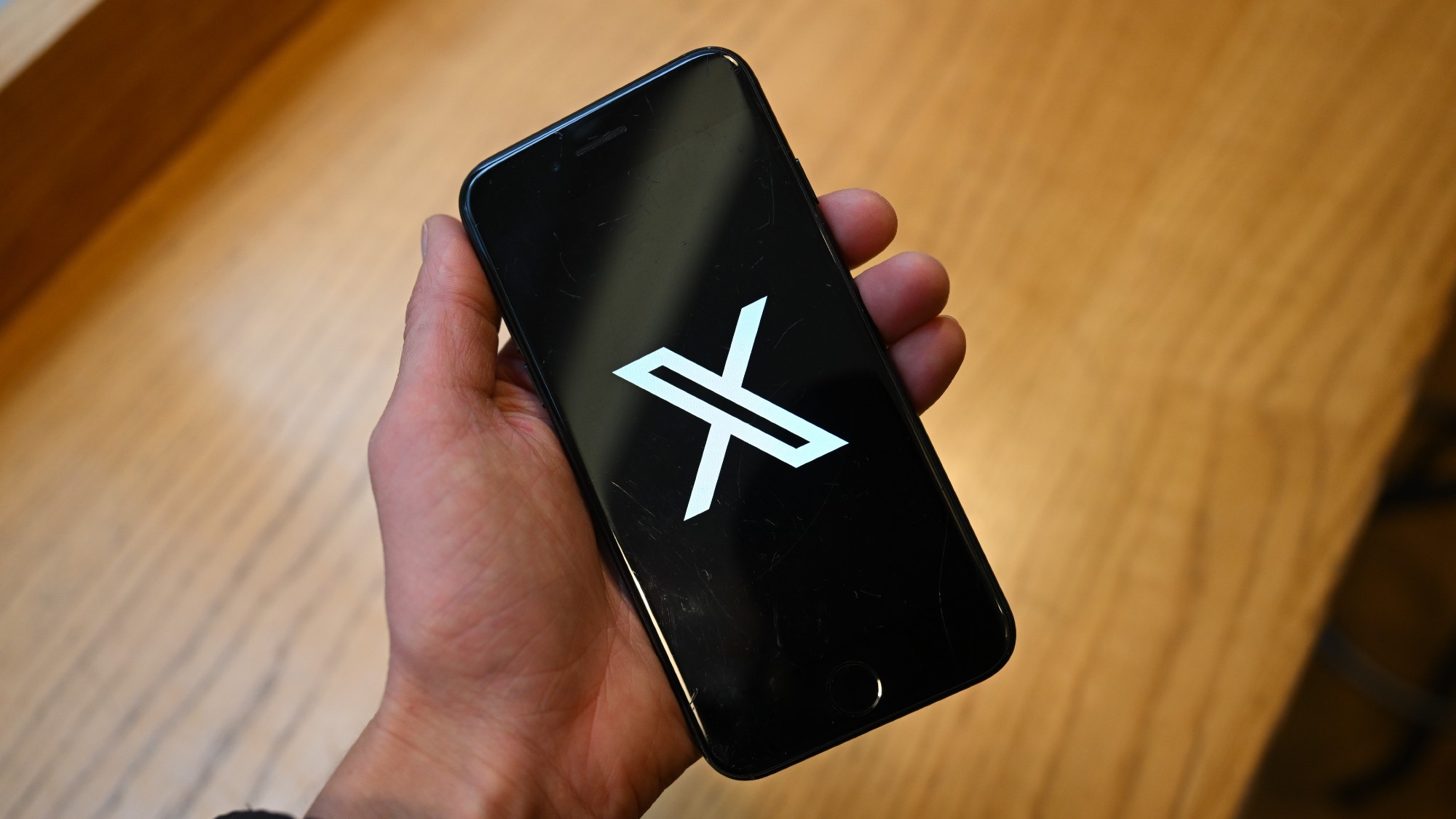 3 varied alternatives to X for when you simply cannot with the new iteration of Twitter
3 varied alternatives to X for when you simply cannot with the new iteration of TwitterThe Explainer These competing microblogging sites have struggled to catch up to Elon Musk's market behemoth
-
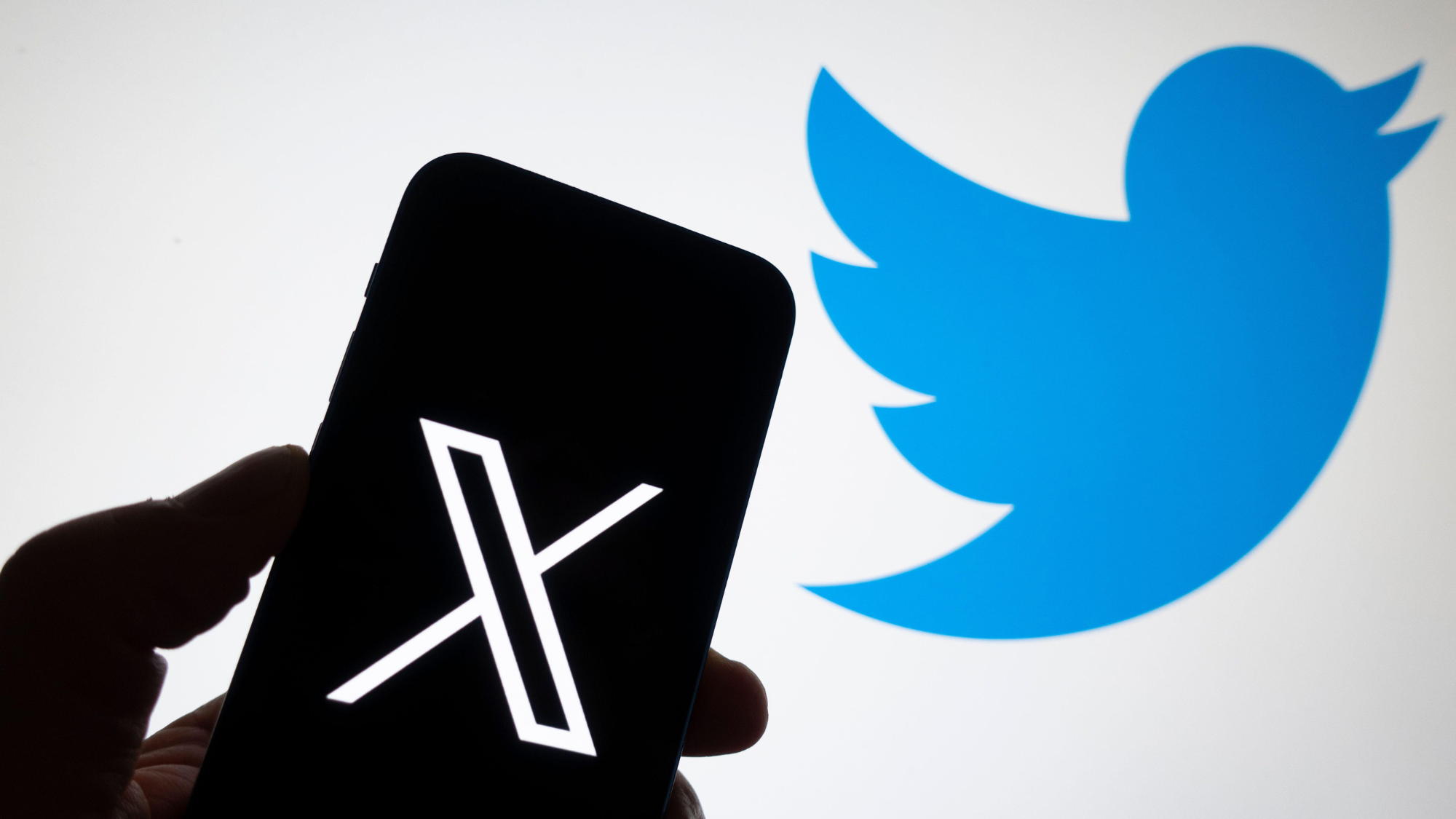 Twitter: Breaking the Bird – a 'riveting' documentary
Twitter: Breaking the Bird – a 'riveting' documentaryThe Week Recommends BBC2's 'fascinating' film charts the social media platform's fall from grace
-
 Are plug-in hybrids better for America's climate goals?
Are plug-in hybrids better for America's climate goals?Talking Points The car industry considers a 'slower, but more plausible path' to reducing emissions
-
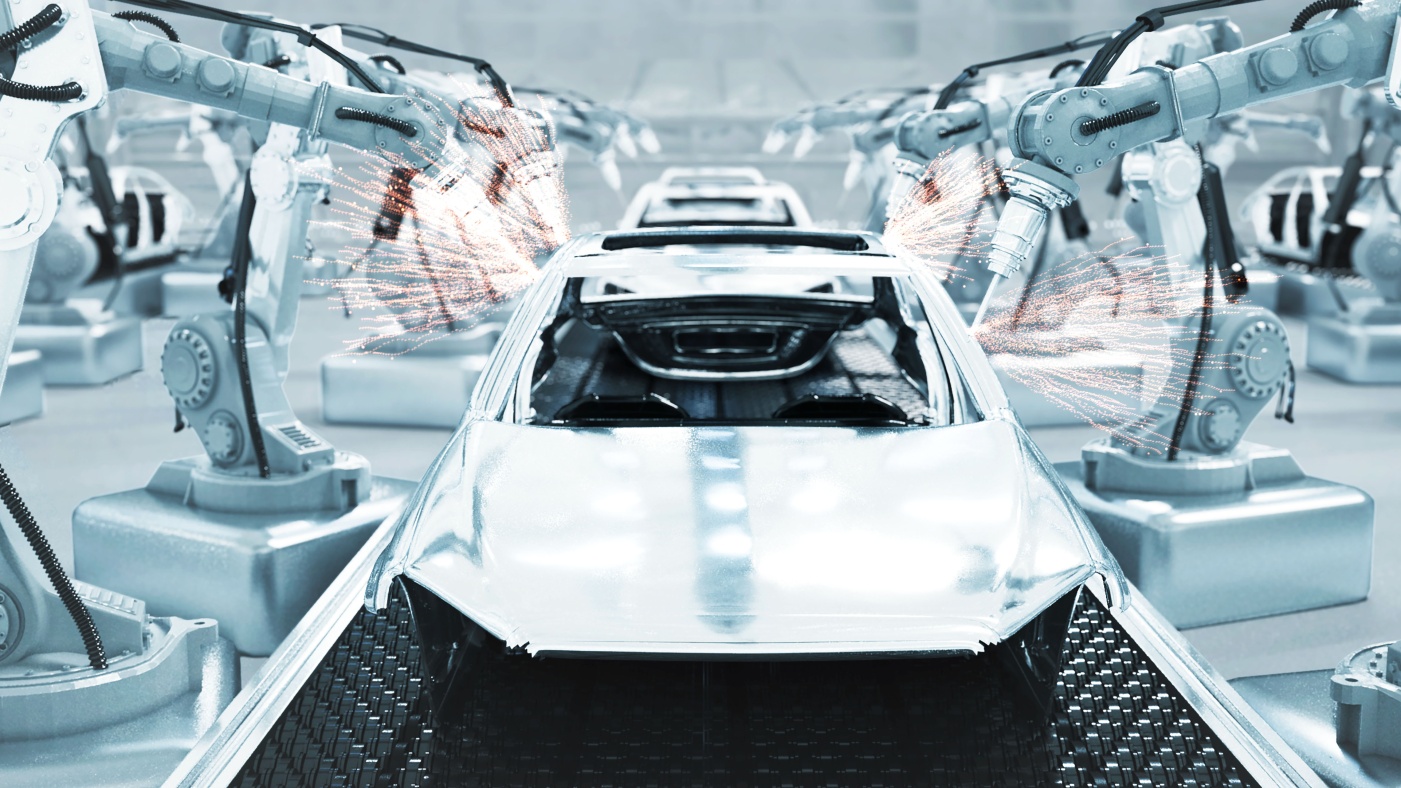 EV market slowdown: a bump in the road for Tesla?
EV market slowdown: a bump in the road for Tesla?Talking Points The electric vehicle market has stalled – with worrying consequences for carmakers
-
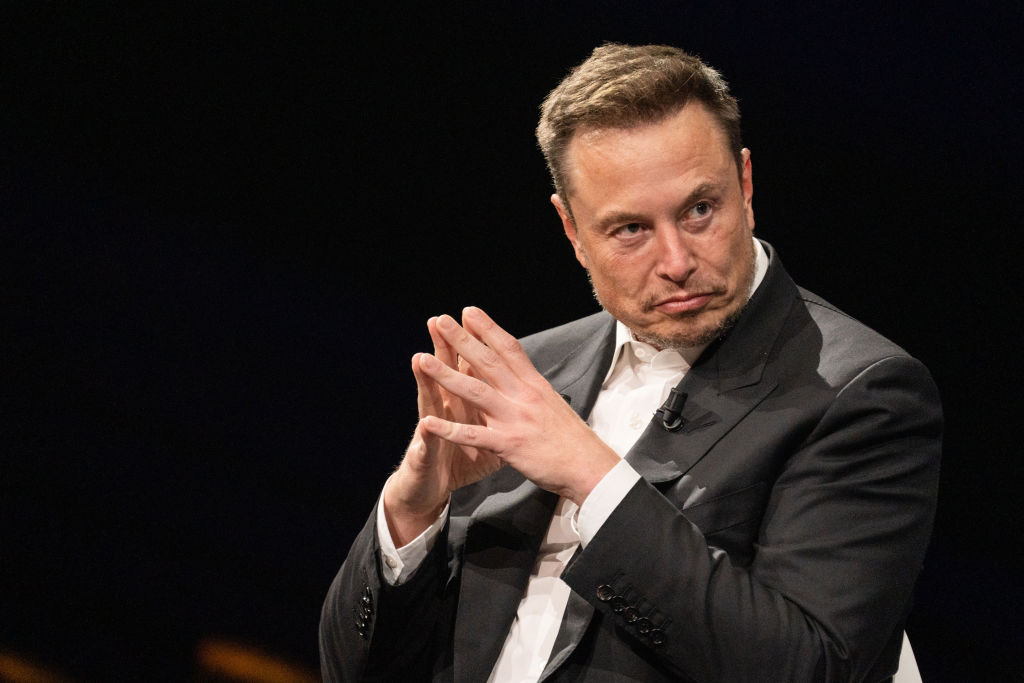 2023: the year of the billionaire villain
2023: the year of the billionaire villainThe Explainer The 21st-century Dr. Evil is taking over the world in books, TV series and popular culture
-
 The week's good news: Dec. 14, 2023
The week's good news: Dec. 14, 2023Feature It wasn't all bad!
-
 From 'thunks' to mixed reality, the future of books is interactive
From 'thunks' to mixed reality, the future of books is interactiveThe Explainer What is in store for literature in an increasingly digital world?
-
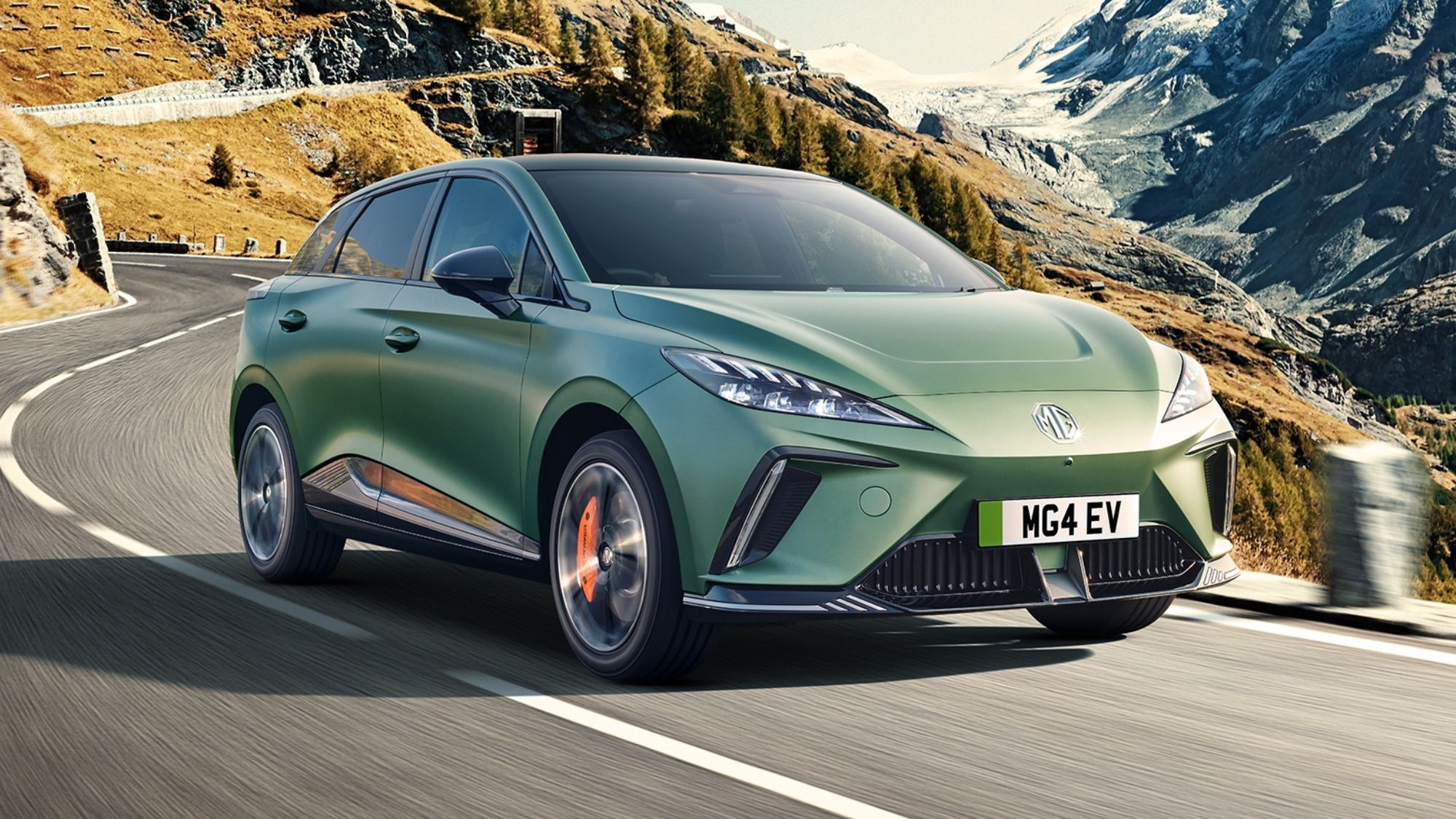 MG4 EV XPower review: what the car critics say
MG4 EV XPower review: what the car critics sayFeature The XPower just 'isn't as much fun' as a regular MG4